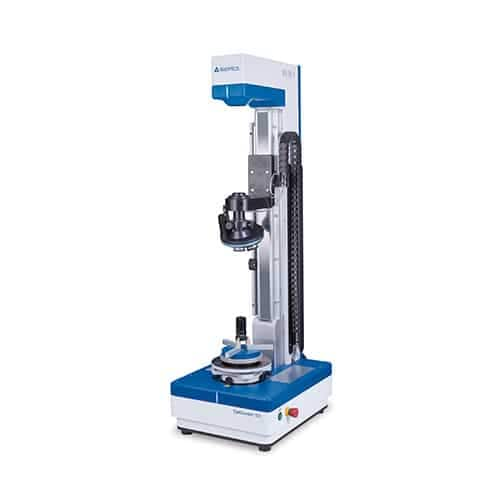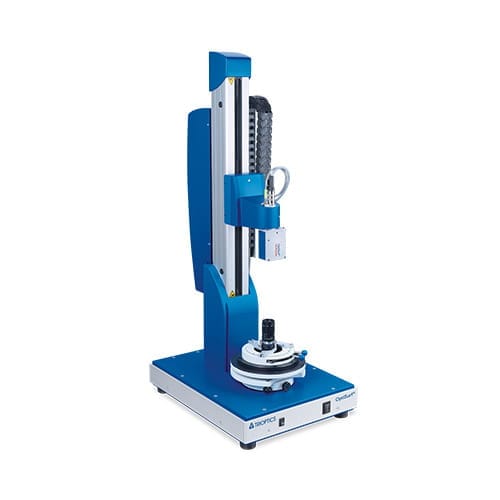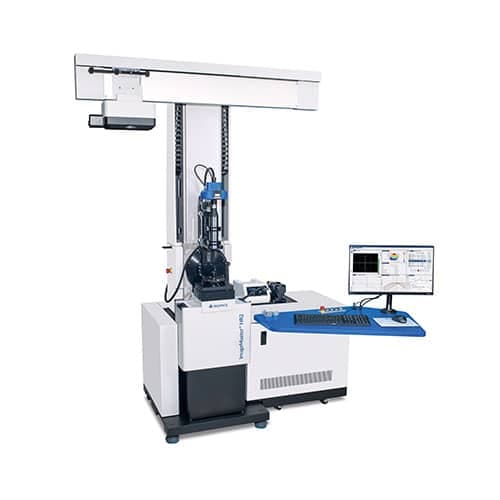Measurement solutions for pancake optics
Polarizing technology for VR headsets?
The greatest challenge in the design of VR headsets is currently to achieve a very high imaging performance with a high level of wearing comfort at the same time. Thus, the weight and size of the headsets must be reduced. Therefore one focus is to reduce the thickness of the optics as well as the distance between optics and display.
The first headset models used Fresnel lenses. These have one advantage: They themselves are already very thin and light. Unfortunately, the required distance of more than 50 mm between the optics and the display is quite large. Furthermore, Fresnel lenses are very sensitive to stray light due to their edge structure.
A promising alternative approach is the use of pancake lenses. Although these are a bit thicker than Fresnel lenses, they can be positioned much closer to the display with a distance of less than 1 mm. Thus, they reduce the size of the VR lens system. At the same time, they improve the optical quality by eliminating the edge structure as they are less sensitive to stray light.
Interested in measurement solutions for pancake lenses?
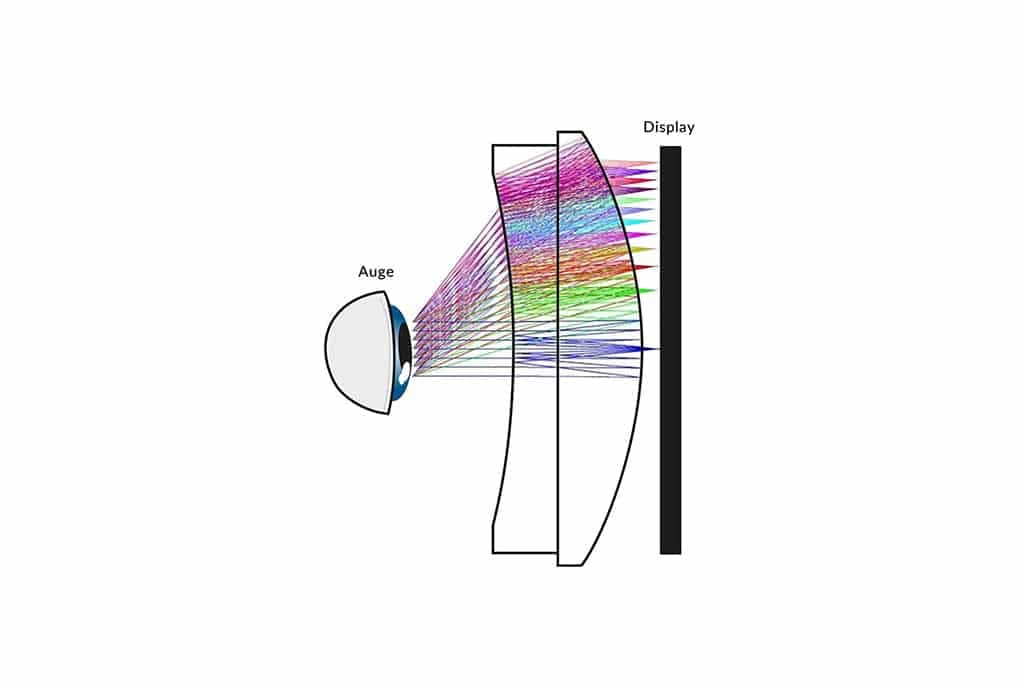
What are the challenges?
Due to their complexity, pancake lenses present manufacturers with many difficulties. Errors are caused by unwanted reflection or transmission on the wrong surface. These become visible as haze, which reduces the contrast of the image as a whole, or ghost images, local image superimpositions of a part of the image. Thus, precise geometric positioning of all components is very critical. In detail, the following must be observed:
- Do the paraxial optical axes of all surfaces coincide?
- Do the aspheric axes coincide with the paraxial system axis?
- Are the center thicknesses of the lenses and their distances correct?
- Is the alignment of the individual polarization elements to each other correct?
- Is the required image sharpness achieved?
- Is the exit pupil in the correct position?
What has to be measured?
TRIOPTICS’ expertise in active alignment and optical metrology enables our customers to design and manufacture better pancake lenses for tomorrow’s challenges. During the manufacturing process and quality inspection, the following parameters are adjusted or controlled:
- Paraxial lens centering and tilting
- Tilting and centering of aspherical surfaces
- Center thickness and spacing
- MTF across eyebox and field of view
- Effective focal length
- Distortion
- Relative illumination
- Chromatic aberration
- Ghost & Haze
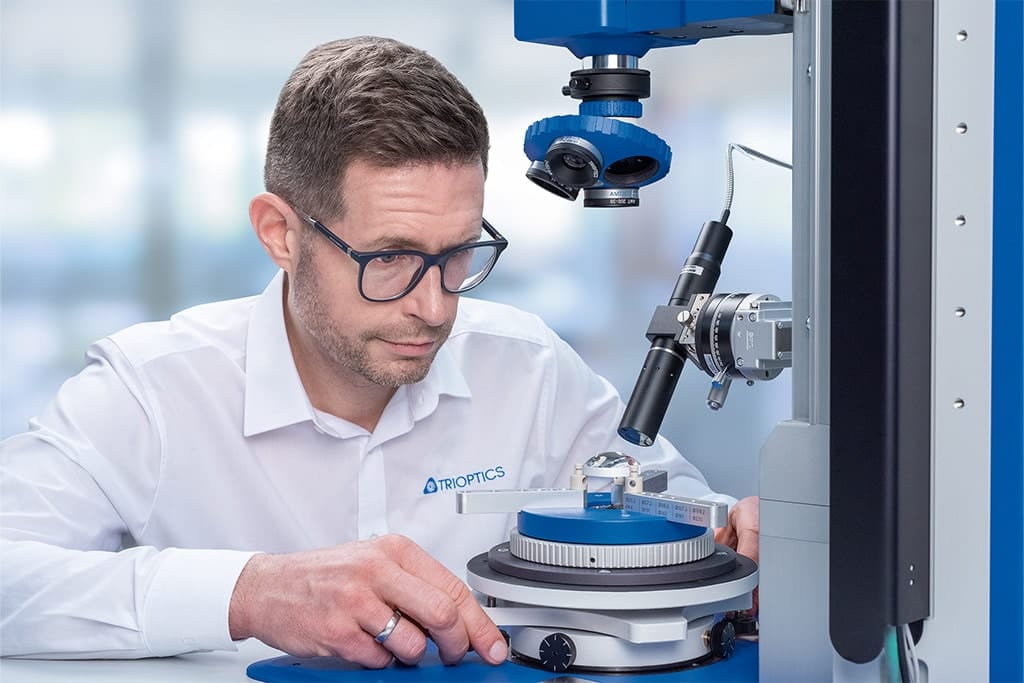
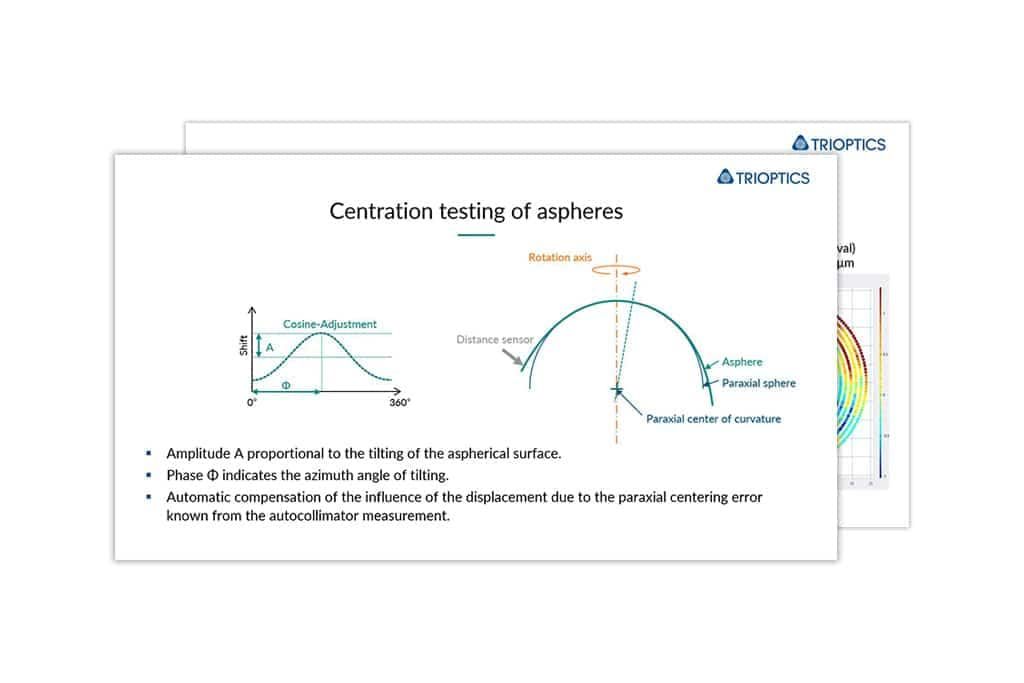
More information required?
Get the TRIOPTICS SPIE Conference Presentation now.
March 16, 2023 | (Conference Presentation)
Patrik Langehanenberg, Jan-Hinrich Eggers, Daniel Winters
Metrology and alignment solutions applied for pancake lenses used in VR systems
